MERV rating what? Is that one of the million and one new social media trends? Nope! It actually has to do with the air filters right in your own home. Air filters aren’t exactly a hot topic in society, so it’s understandable to be unfamiliar with this grading system. That being said, these items are a huge aspect of promoting a healthy home environment, so it’s important to know the lowdown on this topic and have answers to important questions like, "What is the best MERV rating for mold spores?"
That way, the HVAC system in your home will not continue to circulate all sorts of microscopic particles (like mold spores) throughout the indoor space. No one wants to deal with that air quality and home health nightmare!
With that in mind, here’s everything you need to know about the grading system and the right MERV rating for mold spores to ensure your filters are actively eliminating contaminants from your home.
What is an Air Filter?

Great question! Before jumping into what the MERV rating is and which MERV rating for mold spores works, it’s important to know what an air filter actually does.
Air filters are a part of the HVAC system and are designed to protect the unit itself from contaminants and help remove them from the air you’re breathing. Located near the air handler, these devices are essentially screens that the air in your home is pulled through. As the air passes through the screen, the material in the filter traps contaminants so they don’t enter the HVAC and continue to circulate throughout the home.
The type of material used for the filter depends on the brand. Some of the common media used are fiberglass, pleated filters, and polyester. The differences in media and construction determine the filter’s filtering ability.
Common contaminants these filters filter out include:
- Dust and dust mites
- Pollen
- Mold spores
- Fibers and lint
- Metal, plaster, or wood particles
- Smoke
- Animal hair and dander
- Bacteria and viruses
Are Air Filters Important?
The short answer is heck yes!
The average person breathes 20,000 breaths per day. That’s a lot of breathing and a lot of air! While it’s not a factor we often consider, the air is one of the main routes of exposure we face.
If that air is packed full of microscopic particles or other contaminants, that can (and probably will) negatively impact our health. Every time we inhale, those contaminants enter our bodies. The longer we’re surrounded by that toxic air, the more unhealthy stuff our bodies will be exposed to.

Now, picture a home. If your house has poor indoor air quality, every time you step into the building, you’re exposed to high levels of these pollutants. Your immune system will attempt to keep up and get rid of them, but it’s a tall order to fill. Over time, the immune system can get overwhelmed or malfunction from the constant bombardment of airborne contaminants, leading to a long list of chronic symptoms.
Important Detail to Remember:
There's very little airflow between indoor and outdoor environments thanks to modern building practices pushing for net-zero energy efficiency. That means that a majority of the particles and contaminants that make their way inside will remain indoors until action is taken to remove them.
Air filters help to actively reduce the amount of contamination in the air, creating a safer environment that supports our immune system and our wellness. That is why they are such an important component of home health.
The key is picking ones that will actually eliminate contaminants from the air. That’s where the MERV rating system comes into play.
What is the MERV rating?
All air filters are designed differently and have varying capacities for eliminating pollutants from the air. The most common way to determine the effectiveness of a filter is by using a grading system called MERV, or minimum efficiency reporting value. This grading system ranges from 1 to 20.
The more effective the filters are at eliminating contaminants from the air, the higher the rating will be. For example, some are only equipped to deal with large particles like dust, while others can eliminate bacteria and allergens.

Here is a condensed breakdown of the filters and their capabilities:
MERV 1-4:
- Particle Size: Filters out particles larger than 10 microns.
- Contaminants: Pollen, dust mites, carpet fibers, and larger dust particles.
- Usage: Basic residential systems, apartments, and commercial buildings where air quality is not a significant concern.
MERV 5-8:
- Particle Size: Filters out particles between 3 to 10 microns.
- Contaminants: Mold spores, pet dander, fine dust, and larger pollen particles.
- Usage: Residential homes, schools, general office spaces.
MERV 9-12:
- Particle Size: Filters out particles between 1 to 3 microns.
- Contaminants: Fine dust, pollen, mold spores, pet dander, and smaller bacteria.
- Usage: Superior residential systems, hospitals, laboratories, and commercial spaces requiring higher air quality.
MERV 13-16:
- Particle Size: Filters out particles between 0.3 to 1 microns.
- Contaminants: Smoke, bacteria, viruses, pet dander, fine dust, smog.
- Usage: Hospitals, laboratories, cleanrooms, industrial facilities, and areas with high health and safety requirements.
MERV 17-20:
- Particle Size: Filters out particles as small as 0.1 microns or even smaller.
- Contaminants: Smoke, viruses, bacteria, allergens, fine dust, mold spores, ultra-fine particles.
- Usage: Cleanrooms, pharmaceutical manufacturing, electronic manufacturing, critical healthcare environments, and environments with strict air quality regulations.
What MERV Rating Do I Need?
This answer depends on a variety of factors.
Again, the higher the MERV rating, the more it will filter out and improve the air quality. Opting for a product with a MERV 16 rating is ideal, as it can filter out particles between 0.30-1.0 microns with 95% efficiency.

That being said! Every HVAC system is different. Before purchasing a filter, it’s important to check with the manufacturer or HVAC professional to see the highest-rated filter the particular system can handle and then purchase that option.
Otherwise, the airflow can be too restricted, which can result in harm to the system itself (like burning out or freezing coils) as it works harder to pull in air. This also results in a higher volume of indoor air that is not cleansed because the system can’t pull it through the filter.
Older units, for example, will more than likely only be able to handle a maximum of MERV 13 unless the manufacturer or an HVAC professional clears it. Typically, the technology in the system is not equipped to deal with the more restrictive filters. Newer systems, on the other hand, are typically designed with more specific air flow rates for premium (MERV 14 and higher) filters.
Does a Higher MERV Rating Restrict Airflow?
As mentioned above, yes, a higher MERV rating can potentially restrict airflow to some extent. As the MERV rating increases, the filter becomes more efficient at capturing smaller particles, but it also tends to have a higher resistance to airflow. This increased resistance can restrict the amount of air passing through the filter and put additional strain on the HVAC system.
One study found that high-MERV filters caused a decrease in airflow of 7% to 11% in two HVAC systems compared to low-MERV filters. Similarly, mid-MERV filters also showed decreased airflow relative to low-MERV filters, with a reduction of 3% to 8% in the same two systems. These findings suggest that higher MERV ratings can indeed have an impact on airflow, albeit to varying degrees.
When choosing the right option for your home, especially if you’re looking for a MERV rating for mold spores, it's important to ensure that the HVAC system is designed to accommodate the increased airflow resistance of a higher-rated filter. If the system is not properly designed or the filter is too restrictive, it can lead to reduced airflow, decreased system efficiency, increased energy consumption, and potential strain on the system's fan.
Consult an HVAC professional or refer to the manufacturer's guidelines to decide which MERV rating filter is compatible with the specific HVAC system and ensure the system can handle the increased airflow resistance without any negative impacts on performance.
MERV Rating for Mold Spores
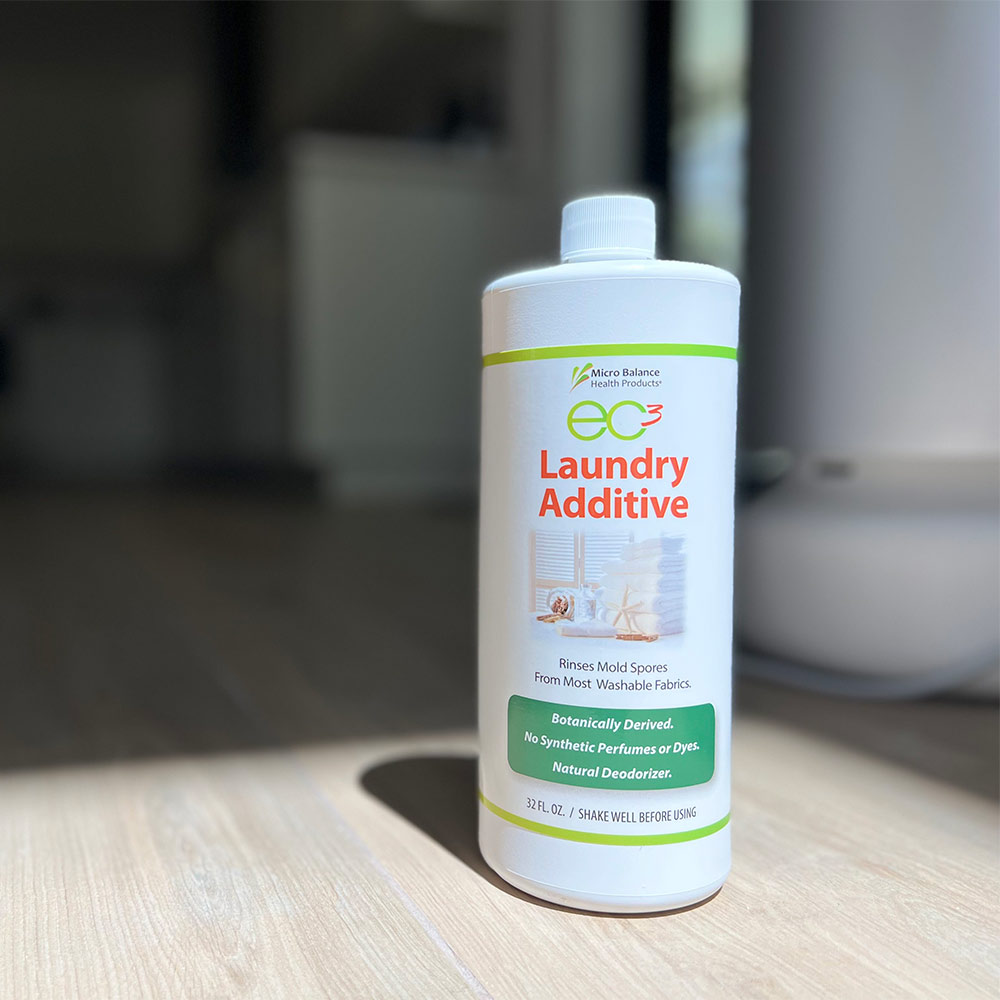
The average size of a mold spore is 2-4 microns. Determining the MERV rating for mold spores involves choosing filters that can actually eliminate particles this small.
To effectively filter out mold spores, it is recommended to use filters with a MERV rating of 9 or higher. Filters with MERV ratings of 9–12 are typically capable of capturing a significant portion of mold spores from the air. These filters have a finer mesh and higher efficiency, allowing them to capture smaller particles, including mold spores.
However, it's important to note that while higher MERV-rated filters can help reduce the presence of mold spores, they may not completely eliminate them. Some mold spores are incredibly small and can manage to pass through lower-level filters, which is why it’s important to opt for the highest MERV rating filter possible for the specific unit.
Also, while these filters are designed to help remove spores that organically enter the indoor environment, a present contamination situation is a completely different ballgame. While air filters will help reduce the number of airborne particles released by the current colony, they aren’t a fix for the issue. The mold needs to be addressed so that there isn’t an active source constantly releasing microscopic contaminants into your surrounding environment.
Why Should You Change Your MERV Air Filter?
If they’re past their time to be replaced, chances are that the air filters are packed full of all sorts of particles. This will affect their ability to filter contaminants from the air, allowing them to blow right back into your indoor space. Over time, this will lower your indoor quality as those particles continue to build up inside.
It can also put a strain on the HVAC system as it works overtime to pull air through the clogged filters. That can lead to a malfunctioning unit and money spent either fixing the issue or replacing the HVAC altogether. Both of which you probably want to prevent!
Changing them on time will help avoid this situation and ensure as many airborne contaminants are removed as possible.
How Often Should You Change Your MERV Air Filter?

The answer is: it depends.
Generally, the rule is to replace the filters every 90 days. However, various factors can play a role in this timeline. For those who have autoimmune conditions or allergies, the more often the filter is changed, the better to help ensure the air is being cleansed as much as possible.
Other factors, such as the home’s location, the HVAC system's age, and the air quality state, can also influence how often these need to be replaced. For example, if there’s an active source of contamination that’s releasing particles into the air, the filter will get dirtier faster. If someone isn’t quite sure whether or not to change the filter earlier, a few signs to look out for include discoloration of the filter, odd odors, higher electricity bills, a decrease in airflow, or dust around the vents or condenser coils. Chronic health issues can also point to poor indoor air quality.
Finally, the type of filter also plays a role in how frequently it should be replaced. Check with the manufacturer for suggestions on how often to replace it and signs to look out for that indicate the filter has reached the end of its lifecycle.
Is There a Difference Between MERV Filters and HEPA Filters?
All HEPA air filters must meet a minimum efficiency of 99.97% at 0.3 microns. So, the difference is that HEPA filters have a higher performance than filters with a MERV 16 rating or below.
Unfortunately, most home HVAC systems are not equipped to force air through a HEPA filter.
That’s why the best option is to install a whole-home air purifier. These systems are installed at the home’s point of entry and will effectively remove contaminants from the air so that the HVAC system can run efficiently. As an added bonus, they also offer a layer of protection for the HVAC itself by eliminating contaminants before they enter the system. Particles such as mold spores can make their way into the system if they’re not properly filtered out and can grow within the unit. As the lungs of the home, this can lead to contamination being spread throughout the entire indoor space.
A Pro Tip For Top-Notch Air Quality

Air filters are a huge part of creating healthy indoor air quality, but they're far from the only step you can take to create a healthier home environment. On top of choosing the right filter and changing it on time, it’s also important to make sure the HVAC system is in great shape.
Why is the HVAC such a big deal? The system essentially acts as the lungs of a home. As such, it’s important to ensure that it’s operating properly and not bogged down with issues like microbial growth. Condensation can build up within the ducts or the unit itself, which offers the perfect home for things like mold.
If a mold spore lands in this moisture, it will begin to colonize the space, leaving you with hidden mold growth within the home. This growth will just continue to thrive undisturbed until those warmer or cooler months occur. When you flip the thermostat to the alternate setting (heat or cold), all of those moldy particles will be blown throughout your home. These particles will decrease your indoor air quality and contaminate the surfaces inside.
The change in temperature can also lead to mold growth on other parts of the unit, such as the condensation coil and drip pan.
Routinely scheduling a professional to come in and service the HVAC in the spring and fall can help avoid this contamination catastrophe. This individual should test for microbial contamination while assessing the unit so that if there’s a problem, it can be resolved before turning on the unit and blowing it throughout the home. They should also clean the coil, make sure the blower, furnace, and cabinets are clean, and ensure that everything is operating correctly. Think of it as a biannual tune-up and cleanup.
A clean and healthy HVAC system will help maintain a clean and healthy home and prevent mold.
Filtering Your Indoor Air

Health is holistic. We have to pay attention to the water we’re drinking, the food we’re eating, getting good exercise, sweating, detoxifying… etc. The list goes on. Living a healthy and fulfilling life includes taking steps for physical and mental wellness, but they’re not the singular focus. Healthy environments and air quality are essential components of nourishing our bodies and well-being.
Understanding the MERV rating for mold spores and keeping up with your filters and HVAC system not only help with home maintenance but also ensure that your indoor environment is supporting your wellness. Plus, it’s a simple and easy task that you can check off over the weekend! Home health doesn’t get easier than that!
Still Have Questions?
A member of our team is here to help! Click on “Get Started ➤” below to book a consultation with a member of the HOMECLEANSE team. We have a few quick questions that will help us put together a roadmap to solve or prevent all of your mold problems.
Two minutes of your time could lead to better health for you and your family.
Must-Have Indoor Air Quality Tools
-
Sale
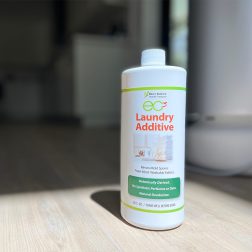
EC3 Laundry Additive
Add EC3 to every rinse cycle to rinse away mold, bacteria and musty odors from...
-
Original price was: $23.00.$20.70Current price is: $20.70. Shop Now -
Sale
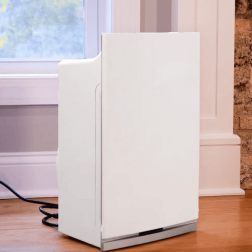
Intellipure Compact Air Purifier
Small in size, but delivers powerful results, reducing airborne microorganisms like mold, viruses, and bacteria.
-
Original price was: $649.00.$258.00Current price is: $258.00. Shop Now -
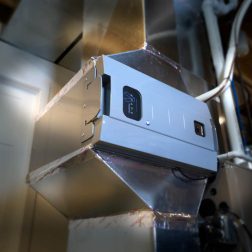
Intellipure SuperV Whole House Air Purifier
Turn your HVAC into a filtration system, removing 99% of ultrafine particles including airborne mold,...
-
Price range: $2,000.00 through $2,995.00 Shop Now -
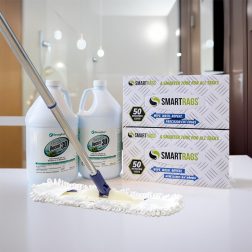
HomeCleanse Cleaning
Take your cleaning to the next level buying all the tools we use to keep...
-
Price range: $299.00 through $549.00 Shop Now -
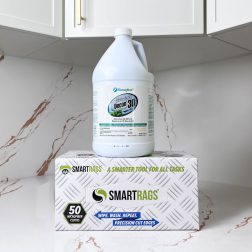
Mold & Bacteria Contents Cleaning
Remove harmful pollutants that accumulate in the dust of your home. (Options available for renters...
-
Price range: $99.00 through $349.00 Shop Now -
Sale

EC3 Mold Solution Concentrate
Micro Balance EC3 Mold Solution Concentrate is a natural botanical that removes mold spores, bacteria,...
-
Original price was: $33.00.$29.70Current price is: $29.70. Shop Now -
Sale

Industry-Leading Intellipure Ultrafine 468
The Intellipure® Ultrafine 468 features our proprietary DFS technology, which traps and eliminates potentially harmful...
-
Shop Now -
Sale
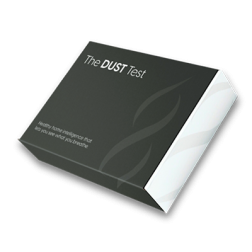
The Dust Test
The Dust Test is a comprehensive at-home test that helps you identify mold and toxins...
-
Original price was: $299.00.$275.00Current price is: $275.00. Shop Now -
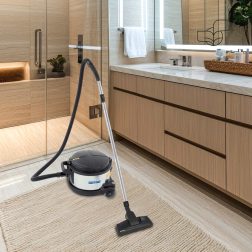
EuroClean 4 Gallon Hepa Vacuum
The Euroclean GD930HSP is a 4 Gallon Dry HEPA Vacuum that meets the EPA's standards...
-
$849.00 Shop Now -
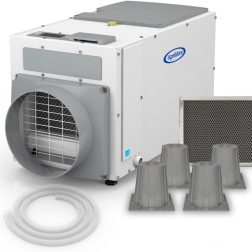
AprilAire E080 Professional Dehumidifier Bundle
Includes all the dehumidifier accessories you will need. Our Aprilaire E080 comes with a drain...
-
$1,524.99 Shop Now
